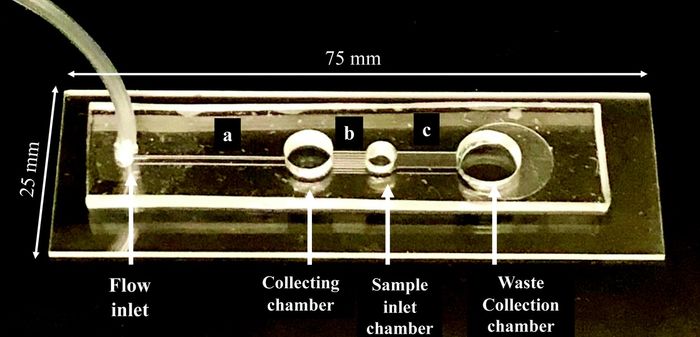It may or may not be apparent to many people, but we actually invest a lot of ourselves in scaling things up. This enables us big time in regards to pursuing constant progression, and when that’s the dynamic you are playing with, you can always expect some significant by-products to come along. Talk about the by-products we have seen so far, they all have touched upon our lives in their own unique way. However, the only one that ended up redefining our identity was a by-product called technology. While technology wasn’t so ingenious from the get-go, the creation’s insane potential would still give it a fair tryout around various disciplines. This also gave us a relatively deeper look into technology’s skill-set, something that really set the tone for what followed. Now, there will be many beneficiaries of the said momentum, but if we are to pick the most significant one, we’ll have to pivot towards the global medical sector. The blend of technology and healthcare made such an impact on the masses that, before we knew, our entire perception about the sphere had changed beyond recognition. In fact, the alterations to it are still coming thick and fast, as Florida Atlantic University unveils another huge milestone.
The researching team at Florida Atlantic University has successfully developed a microfluidic chip, which is designed to collect healthy sperm samples for fertility procedures. Up until now, the only method that has had some success around the said job is Centrifuge. However, it is, by all means, a time-consuming method. Apart from it, an even bigger issue is the fact that it can also damage the sperm, thus snatching away the whole purpose of the process. The newly-developed microfluidic chip, on the other hand, solves the said issue through fragmentation of shear stress, therefore making sure that the collected sperm cells experience different shear stress in different parts of the chip. By spacing it out like that, the chip allows the isolation of competent sperm cells without leaving any detrimental impact on them.
When asked about how one can use the chip, Waseem Asghar, a researcher involved in the study, said:
“Operating our chip is very easy. Once the semen is loaded into the sample inlet chamber, the competent sperm cells start moving against the fluid flow toward the collecting chamber from where they can easily be collected,” said Waseem Asghar, a researcher involved in the study. “Furthermore, this chip offers a one-step, one-hour operational benefit, which an operator can use with minimal training.”
You see, a healthy motile sperm has a known tendency to swim against cervical mucus flows, so when the chip introduces fluid flow, the sperm automatically segways into the collection chamber. Assuming it works out, the procedure can become a more economically-feasible alternative to the other methods.


















